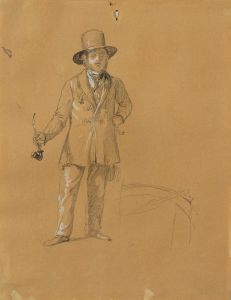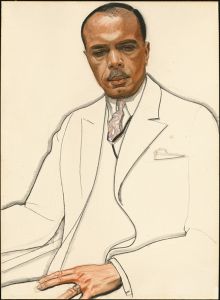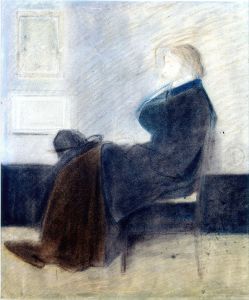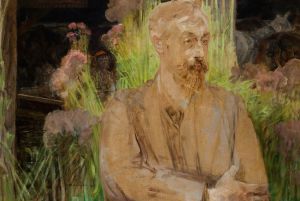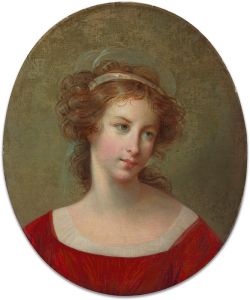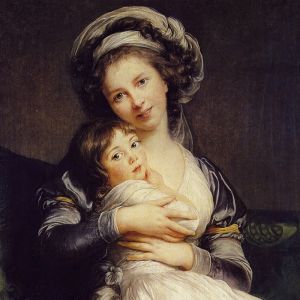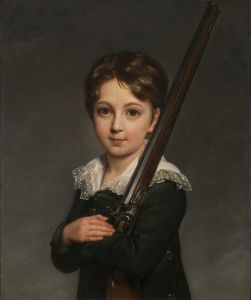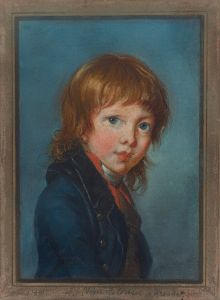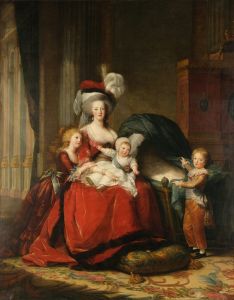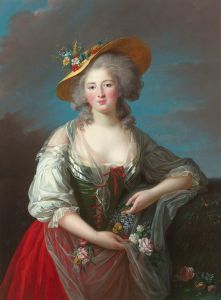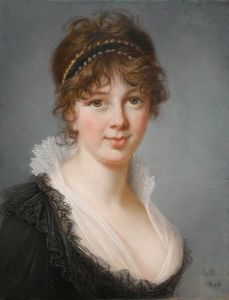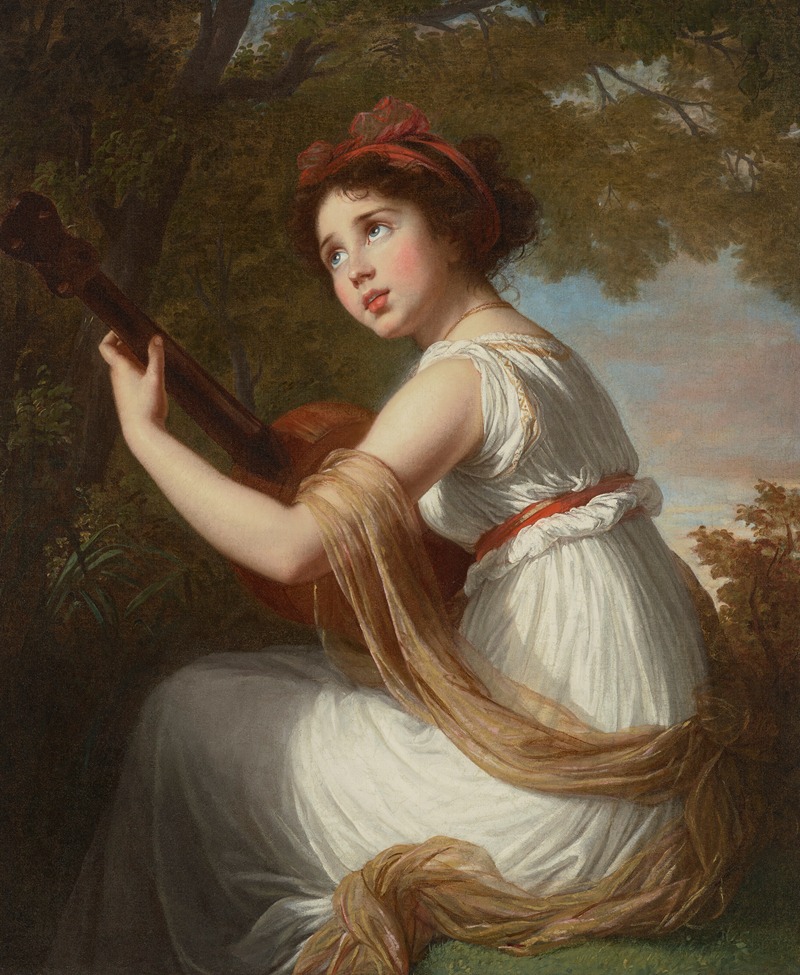
Portrait of the artist’s daughter, Jeanne-Julie-Louise Le Brun , playing a guitar
A hand-painted replica of Elisabeth Louise Vigée Le Brun’s masterpiece Portrait of the artist’s daughter, Jeanne-Julie-Louise Le Brun , playing a guitar, meticulously crafted by professional artists to capture the true essence of the original. Each piece is created with museum-quality canvas and rare mineral pigments, carefully painted by experienced artists with delicate brushstrokes and rich, layered colors to perfectly recreate the texture of the original artwork. Unlike machine-printed reproductions, this hand-painted version brings the painting to life, infused with the artist’s emotions and skill in every stroke. Whether for personal collection or home decoration, it instantly elevates the artistic atmosphere of any space.
"Portrait of the Artist’s Daughter, Jeanne-Julie-Louise Le Brun, Playing a Guitar" is a painting by the renowned French portraitist Élisabeth Louise Vigée Le Brun. This artwork depicts the artist's only child, Jeanne-Julie-Louise Le Brun, who was a frequent subject in her mother’s works. The painting is notable for its intimate and affectionate portrayal, reflecting the close bond between mother and daughter.
Élisabeth Louise Vigée Le Brun (1755–1842) was one of the most celebrated portrait painters of her time, known for her refined style and ability to capture the elegance and personality of her sitters. She gained widespread recognition as the official portraitist of Queen Marie Antoinette and was a prominent figure in 18th-century European art. Her works often emphasized grace, charm, and naturalism, qualities that are evident in this particular painting.
In this portrait, Jeanne-Julie-Louise is shown playing a guitar, a popular instrument during the late 18th and early 19th centuries. The depiction of musical instruments in portraiture was common at the time, as it often symbolized refinement, education, and cultural sophistication. The painting captures a moment of leisure and creativity, with Jeanne-Julie-Louise appearing relaxed and engaged in her music. The composition is characterized by its soft color palette, delicate brushwork, and attention to detail, hallmarks of Vigée Le Brun’s artistic style.
Jeanne-Julie-Louise Le Brun (1780–1819) was born during Vigée Le Brun’s marriage to Jean-Baptiste-Pierre Le Brun, an art dealer and painter. Although little is known about Jeanne-Julie-Louise’s life, she was a recurring subject in her mother’s paintings, often portrayed in tender and familial settings. These portraits provide insight into the personal life of Vigée Le Brun and her role not only as an artist but also as a mother.
The exact date of "Portrait of the Artist’s Daughter, Jeanne-Julie-Louise Le Brun, Playing a Guitar" is not definitively documented, but it is believed to have been created during Vigée Le Brun’s years in exile following the French Revolution. During this period, she traveled extensively across Europe, painting portraits of aristocrats and royalty while maintaining a connection to her daughter through art.
As with many of Vigée Le Brun’s works, this painting exemplifies her ability to blend technical skill with emotional depth, creating a timeless image that resonates with viewers. The painting is a testament to her talent and her enduring legacy as one of the foremost portraitists of her era.





